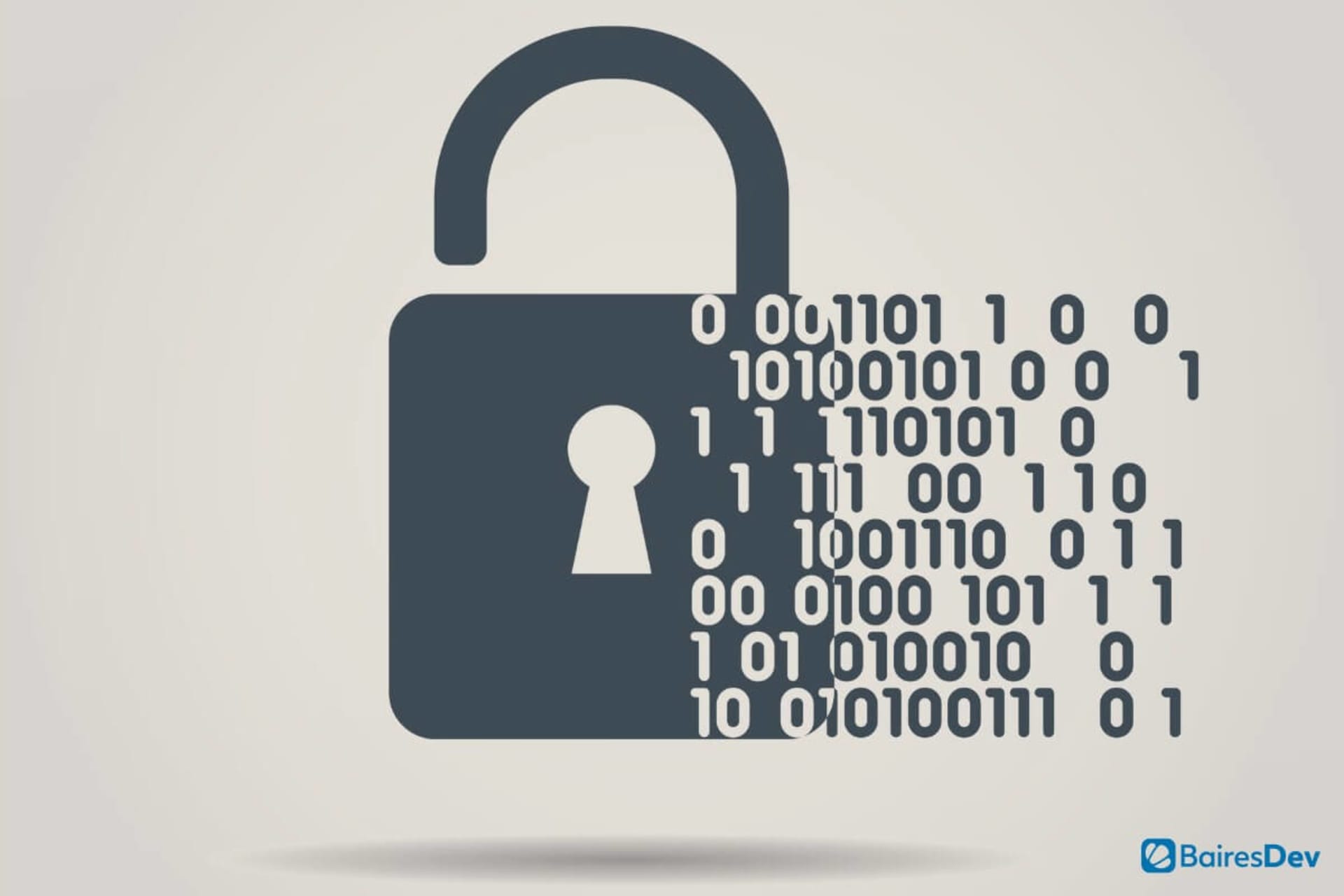When someone hires builders to construct a new building, they expect the builder to ensure the highest safety standards to prevent as many issues as possible. Safe to say if that same person walked into their new house and saw a cracked foundation and no doors, they would have a bit more than a small problem with those builders.
Along the same lines, customers expect their software development companies or teams to make sure their code for a new project upholds the strictest cybersecurity practices available to protect their businesses. Secure coding standards help make sure that developers follow robust practices for the prevention of vulnerabilities. The ultimate goal is to make it hard for hackers to access sensitive data, install ransomware, and wreak havoc with cyberthreats.
What are Secure Coding Standards and Practices?
Secure coding standards are the governing coding practices, decisions, and techniques used by developers during the software, app, and website development life cycle. Their goal is fairly simple: to ensure that developers write and use code that helps protect both the owner of the software as well as its users by minimizing security vulnerabilities.
There’s typically more than a single way to do any given development task, which means varying levels of complexity for tasks as well. It also means some solutions are more secure than others. Secure coding standards help push developers and development teams to choose the most secure approach possible even if it isn’t the fastest route.
Although companies and business owners know the value of speedy development and want to decrease time-to-market as much as possible, they must also keep themselves aware of these secure practices for the sake of their livelihood. The news is the best place for business owners to see the value of these practices in real time as many companies suffer from data breaches and cyberattacks due to less secure code. Many never recover from them.
Best Practice for Secure Coding
In response to the enormous amount of devastating cyberattacks and continually developing methods for such attacks, The Open Web Application Security Project (or OWASP for short) produced a set of guidelines or “best practices” for secure coding in the modern world. These guidelines help devs keep the Software Development Life Cycle as secure as possible while preparing for the threats awaiting them once pushed to production.
A few of the top practices for secure coding include:
- Password Management – Passwords are definitely a weak access point for hackers. Passwords low in complexity take a terrifyingly short amount of time to crack and secure ones take some time but are still doable. Thankfully, organizations of the last few years have taken the hint that this is an insecure area of their technologies and instituted multifactor or two-factor authentication.
Companies must ensure that everyone involved in development (and beyond) enforces the best practices for choosing passwords that are both complex and of adequate length to withstand an attack as best as possible. For developers, this means making users choose the most secure passwords for use with their products, disabling password entry after multiple incorrect attempts, and never storing plain-text passwords. - Security by Design – The “security by design” approach to coding makes security the top priority during development instead of some kind of afterthought once development has already started. Sometimes companies choose other priorities, such as optimizing for development speed, instead of security. They typically pay for it in some way later on due to a data breach or hack.
The security by design approach helps reduce the future cost of technical debt while also mitigating risks before they happen. Throughout the entirety of the Software Development Life Cycle, developers should take the time to conduct source code analysis and implement security automation wherever possible. - Access Control – By making the default answer a denial for sensitive data, companies help to avoid future data leaks. This access control includes restricting access to only those who truly need it and limiting privileges for sensitive data to those who have access. Also, devs shouldn’t let business roles dictate access either. Managers often have the least technical training but the most access, which is dangerous.
- Validate Data Input – Developers should ensure that their forms collect only the accepted data formats per form field and validate all input fields for length, range, character sets, expected data types, and character encoding. By filtering out hazardous blacklist characters such as parentheses and special characters, they help prevent hackers from finding a way into the data.Devs have the ability to handle this in a few different ways. This includes encoding data to ensure the proper handling of special characters, using regular expressions to ensure that the data uses the expected character, and parameterizing database queries to avoid the theft, wiping, or modifying of the database.
- System Configuration, Patching, and Vulnerability Management – While this isn’t exactly a “development” aspect of software and app development, every dev team member should clear their systems of any unnecessary components. They should also take the time to update all of their tools, software, and platforms with the latest versions and patches. Outdated software gives hackers ways in due to vulnerabilities and bugs.
On the flip side, they should also ensure that they release patches and versions for the software that dev teams develop on their own. This helps protect both the integrity and reputation of the business and also the end users’ private data. Creating and releasing regular updates is one of the most important secure coding practices out there.
While this isn’t a comprehensive list of all secure coding best practices, these are important factors that help keep companies from falling victim to digital criminals and cyberthreats. By adhering to them in addition to the full list of OWASP recommendations, dev teams have the tools required for protecting their code, the end users’ information, and their company.







